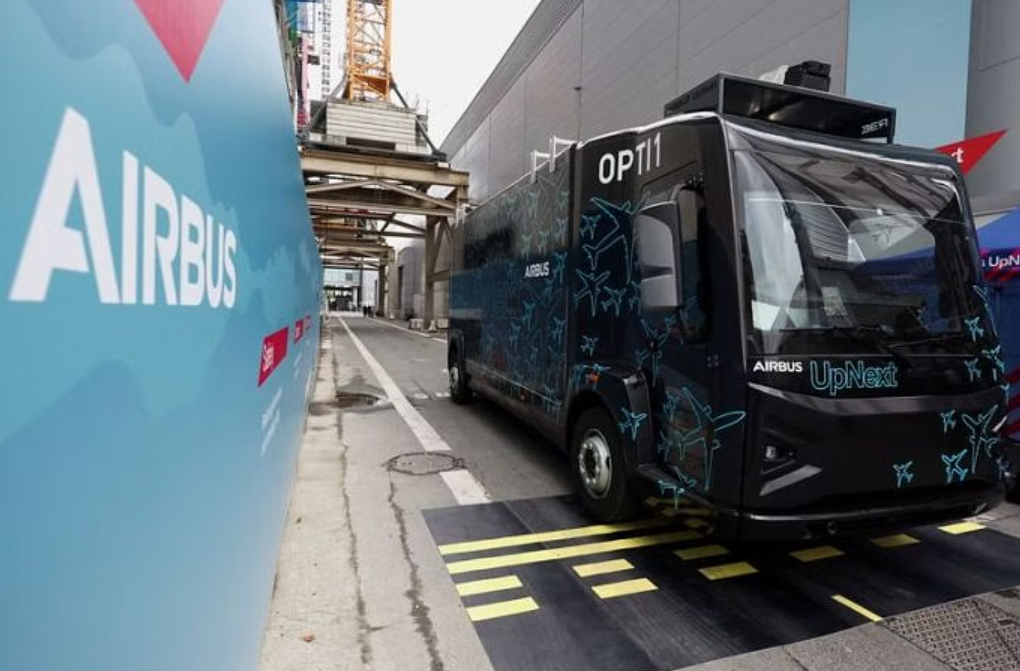In a unique display at VivaTech, Europe’s premier technology event, Airbus has showcased an unconventional vehicle – an electric truck outfitted with basic A350 airliner controls. This innovative platform aims to demonstrate how automated taxiing could enhance safety at airports, addressing growing concerns over recent incidents involving jetliners colliding on the ground.
The converted truck can be operated manually or controlled by the aircraft systems, utilising sensors to track warning lines and obstacles while onboard computers guide the vehicle to a designated location, automatically adjusting acceleration and braking as needed.
“These use cases are much more critical and complicated compared to those of the car industry,” explained Matthieu Gallas, head of automation research at Airbus UpNext, the company’s innovation lab. “Copying and pasting technology already available on the market won’t work.”
While Airbus is cautious about linking the research directly to specific accidents, the demonstration comes in the wake of a concerning incident in January, where a landing A350 collided with a Coast Guard plane that appeared to have strayed onto the runway in Tokyo, resulting in a fiery crash. Airbus declined to comment on the ongoing investigation into the accident.
Other recent incidents, such as a wingtip collision between an empty Virgin Atlantic jet and a stationary British Airways jet in March, and a collision between two JetBlue planes at Boston Logan in February, have prompted investigations by regulatory authorities.
Airbus hopes that the vehicle’s demonstration at the technology exhibition in Paris will showcase how automation can help safely manoeuvre multi-million-dollar jets through increasingly congested airports.
Low-speed ramp incidents, while rarely fatal, represent a costly and growing challenge for airlines, airports, insurers, and passengers affected by resulting delays.
Airbus UpNext has partnered with Israeli electric vehicle maker Ree Automotive to build the hybrid research platform as part of its three-year “Optimate” project.
The plane-truck will undergo testing at live airports and could pave the way for later tests on an A350-1000 aircraft.
If successful, the project could lead to changes in aircraft design, although certifying novel systems is a formidable task.
Regardless of the outcome, Gallas emphasised that pilots will remain in the loop, as Airbus jets already use automation to limit pilot error, albeit without full autonomy.
Equipped with 3D-mapping LiDAR light sensors, the research vehicle could explore higher levels of automation in the future, although Airbus has no plans to introduce full autonomy in jetliners.
The potential for LiDAR technology is also gaining attention after a recent incident where severe turbulence battered a Singapore jet, leaving one passenger dead and dozens injured. Experts hope LiDAR can track unstable currents that evade radar detection.
“LiDAR is ‘the’ technology,” said Karim Mokaddem, head of Airbus commercial research and technology, underscoring the company’s commitment to exploring innovative solutions for safer and more efficient air travel.


